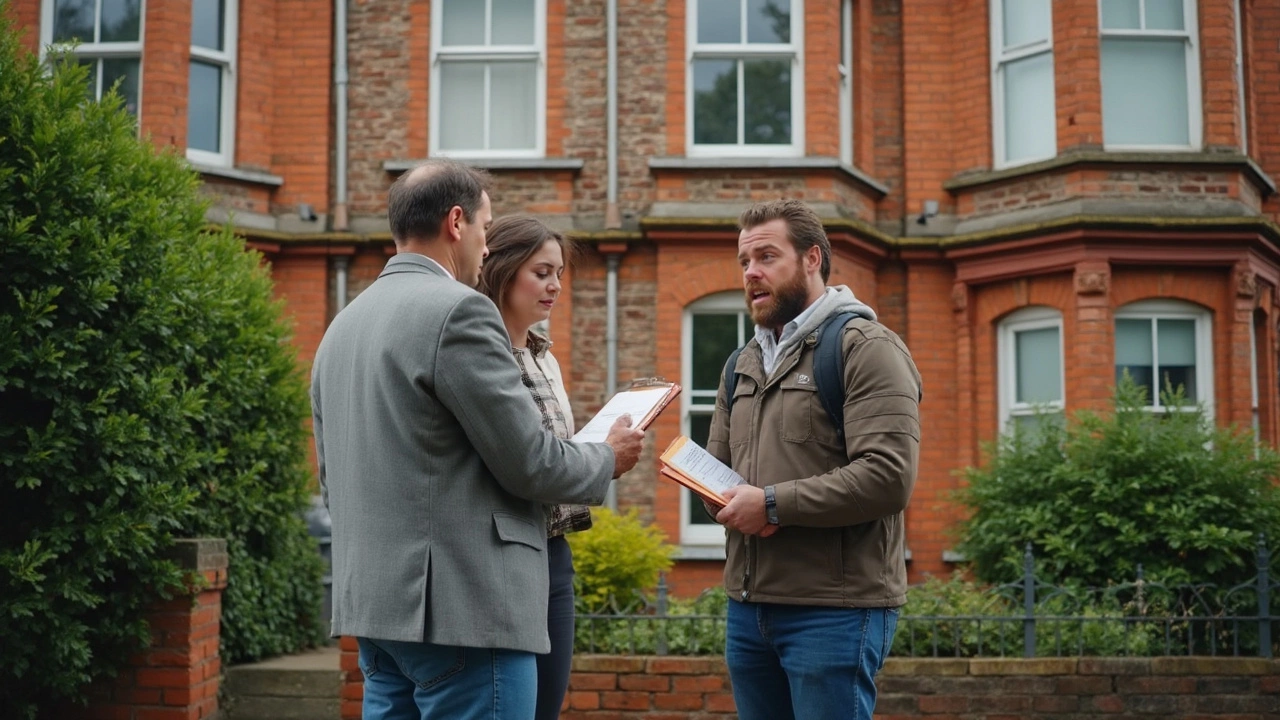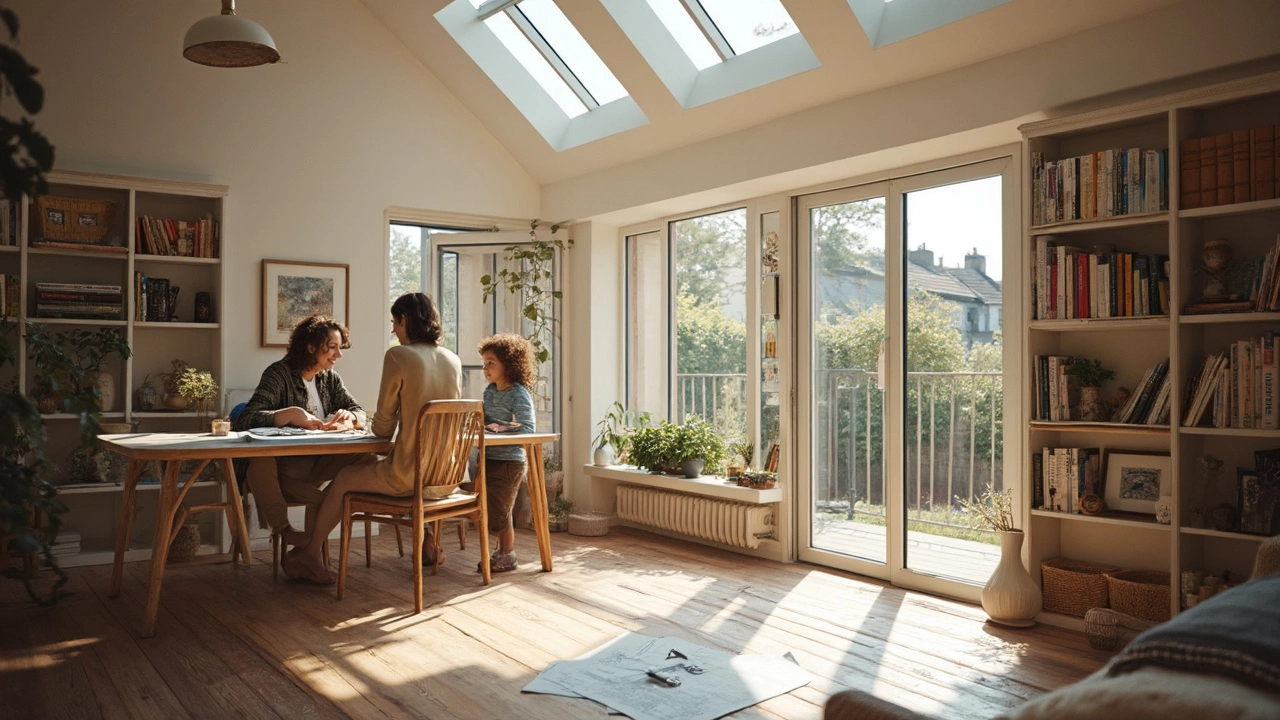Thinking about fixing your home's foundation? Foundation repairs can seem pricey, but ignoring them could cost you way more down the line. This article tackles whether these repairs are worth the investment, when they make sense, and what happens if you skip them. Get helpful tips, interesting facts, and real reasons homeowners decide to repair or hold off. No fluff—just straight talk about your home's safety, value, and peace of mind.
Home Value: Simple Steps to Raise Your Property Price
Thinking about how much your house could sell for? Your home’s value isn’t just a number on a tax bill – it’s what you’ll walk away with when you move on. The good news is you can nudge that number up without breaking the bank. Below are down‑to‑earth ideas you can start right now.
Curb Appeal and First Impressions
The moment a buyer pulls into the driveway, they start forming an opinion. A neat front yard, fresh paint on the door, and clean windows can add thousands to your asking price. Trim overgrown hedges, power‑wash the driveway, and make sure the house number is visible. Small fixes like fixing a cracked step or adding a new welcome mat cost pennies but feel like a premium upgrade.
Smart Upgrades That Pay Off
Not every renovation gives a solid return. Focus on rooms that sell homes – kitchens, bathrooms, and the living space. A fresh coat of paint in neutral tones, new hardware on cabinets, and a modern faucet can make a kitchen look brand new for a fraction of a full remodel. In the bathroom, replace outdated showerheads with water‑saving models and add a sleek vanity mirror. These changes improve the look and lower utility costs, both of which boost perceived value.
If you have extra storage, think about clever solutions. A well‑organized 10x10 storage unit or smart furniture that folds away can make a small home feel spacious. Buyers love seeing efficient storage because it hints at a clutter‑free lifestyle.
Staging is another low‑cost win. Rearrange furniture to create clear traffic flow, add a few decorative pillows in a bold colour, and make sure every room has a purpose. When a space feels lived‑in but not overcrowded, buyers can picture their own life there – and they’re willing to pay more for that feeling.
Don’t overlook the big but invisible stuff. Foundation issues, water damage, or missing insurance coverage can scare buyers and drive the price down. Get a quick inspection, fix any cracks, and have your homeowner’s insurance paperwork ready. Knowing the house sits on solid ground lets buyers focus on the good stuff instead of worrying about hidden costs.
Lighting can make a room feel larger and more inviting. Swap out harsh fluorescent tubes for warm LED bulbs, add a floor lamp in a dim corner, or install dimmer switches in the living room. Good lighting highlights the upgrades you’ve already made and adds a premium feel.
Finally, keep an eye on the market. In 2025, buyers are looking for energy‑efficient homes, so consider adding insulation, double‑glazed windows, or a smart thermostat. These upgrades don’t just cut bills – they also raise the home’s market appeal.
Bottom line: Boosting home value is about smart, visible changes that make life easier and look good. Tackle curb appeal first, focus on kitchen and bathroom upgrades, stage thoughtfully, and address any structural concerns. Follow these steps and you’ll see a healthier price tag when it’s time to sell.
Thinking about a loft conversion? This article breaks down what you can really gain, what to look out for, and how to decide if it's the right move for your home. You'll get straight facts on costs, returns, planning, and clever ways to make the most of your new space. Forget vague ideas—find out exactly how loft conversions work, what makes some jobs trickier, and tips to nail the process. If you want more space without moving house, start here.

